25 Jun The Admissibility of an Expert Report
In the personal injury action of Young v. Insurance Corp. of British Columbia, 2017 BCSC 2306, the Plaintiff applied for a ruling that ICBC’s expert engineering report was inadmissible and should be excluded.
The claim arose out of an accident in which the Plaintiff alleged an oncoming vehicle crossed the centreline and sideswiped her, pushing her into the concrete barrier on the shoulder. This caused significant damage to the left side of her vehicle, and damage to the right rear. According to the Plaintiff, the other vehicle then left the scene of the accident. The Plaintiff sued ICBC in place of the unidentified owner and driver.
ICBC’s position was that this was not a hit-and-run collision, but rather a single car accident. In support of this position, ICBC relied upon an engineering report, which the Plaintiff objected to.
The engineer examined photographs and police evidence to determine that it was probable that the damage to the driver’s side of the car was caused by colliding with a rock retainer wall, not by being sideswiped. The damage to the right rear of the car was likely caused by contact with the concrete barrier on the shoulder.
The Plaintiff objected to the report on the basis that it involved no scientific analysis, measurements or research, but consisted primarily of argument and speculation. The engineer did not visit the scene of the accident but relied on Google Maps. He did not measure anything, did not see the car, and cited no accident information, statistics or testing.
ICBC argued that any weaknesses in the report should be tested through cross-examination and go to weight, not to admissibility. ICBC also noted that by the time the engineer prepared his report, the accident was 5½ years in the past so he could only deal with the very limited information that remained available.
The Court acknowledged that the engineer did not have much to work with. The vehicle itself was a write-off, and was long gone. The sort of forensic examination of the vehicle one would expect to find in support of an opinion about what caused the damage it sustained did not take place. Nor was there any timely forensic examination of the scene of the accident. Consequently, a number of highly relevant questions remained unanswered. The Court had to decide whether that rendered the report inadmissible.
The Supreme Court of Canada has set out a two-step analysis for determining the admissibility of expert evidence. The first step consists of determining whether the evidence meets the threshold requirements of admissibility. This is done by considering four criteria: (1) the evidence must be relevant (2) the evidence must be necessary in order to assist the trier of fact (3) the evidence must offend no exclusionary rule and (4) the expert must be properly qualified. If the evidence meets these preconditions, the Court must then turn to the second step, where the potential risks and benefits of admitting the evidence are balanced.
The Court found the first three criteria were met. The fourth criteria – whether the engineer was qualified to express the specific opinion proffered – was then considered. Although he was a professional engineer who had investigated approximately 2200 motor vehicle accidents, he did not discuss his expertise in sideswiping typicality. Nor did he refer to studies or tests that described the sort of damage that typically occurred in sideswipe-type collisions. The Court held that the report did not meet this fourth requirement, and as such should be excluded.
The Judge stated that even if he had concluded otherwise, he would have exercised his discretion to exclude the report as part of the gate keeping function that he was obliged to exercise vigilantly. Here, there was no data and little information available to the engineer. As a result, it was impossible to undertake the sort of forensic analysis one would expect in support an opinion of this nature. The Court was therefore asked to accept something of a much lower level of reliability, based upon an inadequate scientific foundation. That rendered it unsafe to admit the report.


